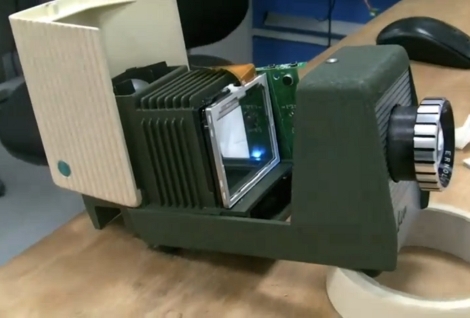
[Phillip Torrone] recently wrote an article over at Make regarding Sony and their “War on Makers, Hackers, and Innovators“. In the article, he traces Sony’s history as a well-liked hardware company that once produced innovative products, to its current state as an enemy to all who would dare wield a screwdriver and soldering iron. He took quite a bit of time scouring the Internet to dig up very specific examples of Sony’s perceived assault on the hacking community. That’s not to say he simply lambasts the company and leaves it at that. Rather, he reflects on their past as a staple in nearly every American home, how they have changed since venturing into the content business, as well as what we might be able to do as hackers to change the way Sony treats its customers.
One specific example he mentions is the lawsuits that plagued the Sony Aibo modding scene, a case very near and dear to his heart. This scenario is one where the voice of the people was eventually heard, though too late to make a difference. He laments the loss of interest in the platform by the modding community as a clear cut example of the disastrous nature of Sony’s litigious nature.
You should definitely take a moment to read the article if you have the time. [Phillip] brings up some very good points, giving you plenty to consider the next time you make an electronics purchase, large or small.
We’d love to hear your take on the matter as well.

















